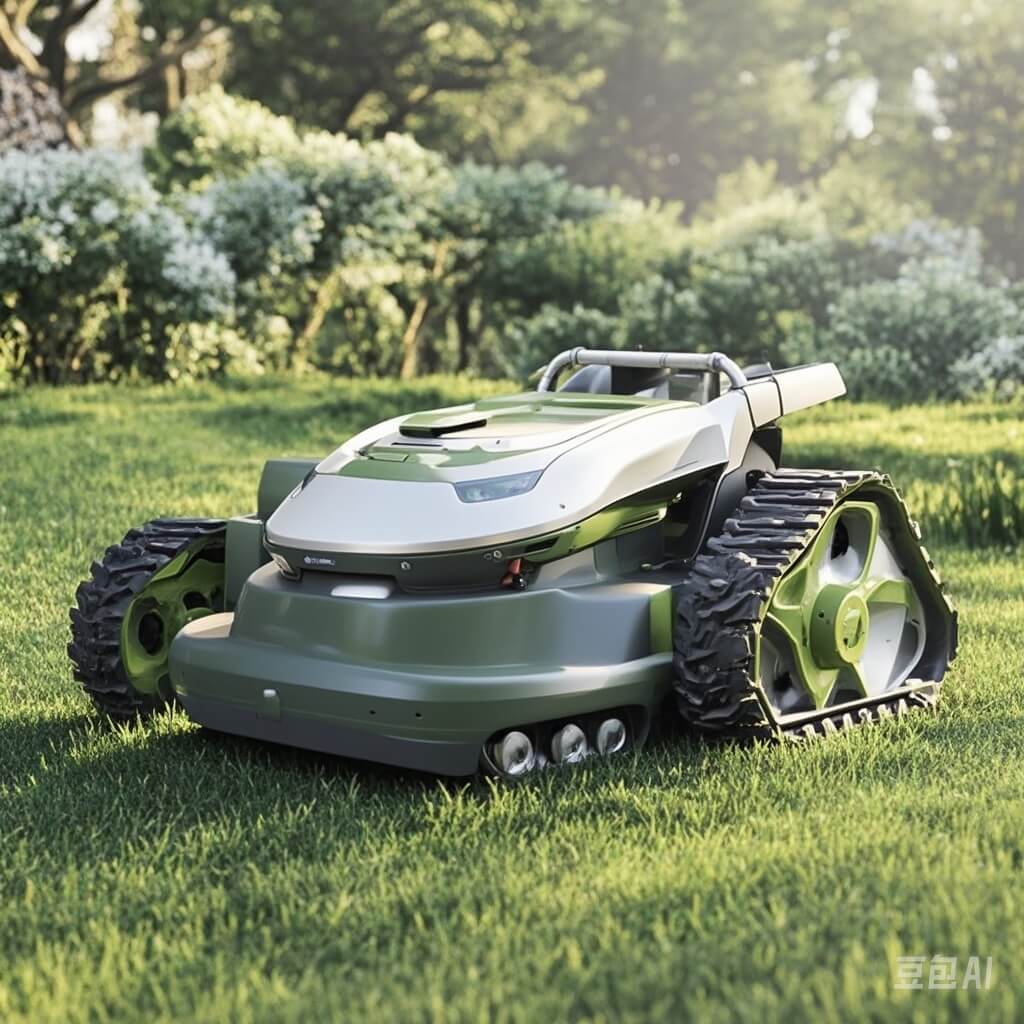No products in the cart.


Minimal soil disturbance is a foundational principle in sustainable farming, emphasizing the need to preserve the natural structure and health of the soil. Traditional tilling methods, often characterized by deep plowing, can have detrimental effects on soil health. These methods disrupt soil structure, leading to significant issues such as erosion, the loss of organic matter, and the disturbance of vital soil microorganisms.
When soil is tilled, it becomes more susceptible to erosion due to the breakdown of soil aggregates, which are clusters of soil particles that bind together to form a stable structure. This instability makes the soil more vulnerable to being washed away by rain or blown away by wind. Furthermore, tilling accelerates the decomposition of organic matter, releasing carbon dioxide into the atmosphere and reducing the soil’s ability to retain nutrients and moisture.
One of the critical consequences of traditional tillage is the disruption of soil microorganisms. These organisms, including bacteria, fungi, and earthworms, are essential for maintaining soil fertility and structure. They contribute to nutrient cycling, organic matter decomposition, and the formation of soil aggregates. Disturbing these microorganisms can lead to a decline in soil health and fertility, ultimately affecting crop yields.
Alternative methods, such as no-till or reduced-till farming, offer sustainable solutions to these challenges. No-till farming involves planting crops without disturbing the soil through plowing, while reduced-till farming minimizes the extent of tillage. Both practices help in maintaining soil structure, thereby reducing erosion and preserving organic matter. Additionally, these methods enhance water retention, which is crucial for plant growth, especially in areas prone to drought.
By adopting minimal soil disturbance techniques, farmers can improve soil health, boost crop yields, and contribute to the long-term sustainability of agricultural practices. These methods not only protect the environment but also promote the resilience and productivity of farms, ensuring a stable food supply for future generations.
Cover crops and crop residues play a pivotal role in enhancing soil health and promoting sustainable farming practices. Cover crops, which are grown primarily for the protection and enrichment of the soil rather than for direct harvest, serve multiple functions. By planting cover crops such as clover, rye, or vetch, farmers can significantly reduce soil erosion. These crops establish a protective layer that shields the soil from the erosive forces of wind and water, thereby maintaining soil structure and nutrient content.
One of the foremost benefits of cover crops is their ability to improve soil fertility. Leguminous cover crops, in particular, have the unique ability to fix atmospheric nitrogen into the soil through symbiotic relationships with nitrogen-fixing bacteria. This natural fertilization process enriches the soil, reducing the need for synthetic fertilizers. Additionally, cover crops can suppress weed growth by outcompeting weeds for light, water, and nutrients, thereby minimizing the reliance on chemical herbicides.
Leaving crop residues on the field after harvest is another effective strategy for promoting soil health. Crop residues, such as stalks, leaves, and stems, decompose over time, adding organic matter back into the soil. This organic matter improves soil structure, enhances water infiltration, and boosts microbial activity. Furthermore, crop residues retain moisture in the soil, which is particularly beneficial during dry periods. They also help regulate soil temperature, keeping it cooler in the summer and warmer in the winter, thereby creating a more stable environment for plant roots and soil organisms.
Effective cover crops such as winter rye, crimson clover, and hairy vetch can be seamlessly integrated into existing farming practices. For instance, farmers can plant cover crops during the off-season or between rows of cash crops. By doing so, they can maintain continuous soil cover, ensuring that the benefits of cover crops and crop residues are maximized year-round. Through thoughtful selection and management of cover crops, farmers can significantly enhance soil health, foster sustainable agricultural practices, and contribute to long-term environmental stewardship.
Maintaining living root growth throughout the year is a pivotal aspect of sustainable farming, significantly contributing to soil health. Living roots play a crucial role in preventing soil erosion by anchoring soil particles and reducing runoff. This is especially vital during seasons prone to heavy rainfall, which can otherwise wash away nutrient-rich topsoil. The continuous presence of living roots also enhances soil structure, creating channels that improve water infiltration and aeration.
Moreover, living roots foster an environment rich in microbial activity. A diverse and active microbial population is essential for nutrient cycling, as microbes break down organic matter into forms that plants can readily absorb. This symbiotic relationship not only supports plant growth but also increases soil organic matter over time, enhancing soil fertility and resilience.
Continuous root presence offers several benefits, including improved nutrient cycling and increased organic matter. When roots decay, they leave behind organic residues that enrich the soil, promoting a healthy ecosystem. Additionally, living roots exude compounds that stimulate microbial activity, further aiding in the breakdown of organic matter and the release of nutrients.
To ensure the maintenance of living roots year-round, farmers can implement practices such as crop rotation and intercropping. Crop rotation involves alternating different crops in the same field across seasons, which helps maintain soil cover and disrupt pest cycles. Intercropping, the practice of growing two or more crops simultaneously on the same field, maximizes root presence and diversity, fostering a more robust soil structure and microbial community.
By adopting these techniques, farmers can sustain the benefits of living roots, thereby promoting a healthier, more resilient soil ecosystem. The continuous presence of living roots is a cornerstone of sustainable farming practices, offering a multifaceted approach to improving soil health and ensuring long-term agricultural productivity.
Transitioning from conventional farming to sustainable agriculture requires careful planning and a multi-faceted approach. The first step involves thorough planning and soil testing. Farmers should begin by assessing their current soil health through comprehensive soil tests, which will reveal the nutrient levels and organic matter content. Based on these results, farmers can tailor their soil management strategies to address specific soil deficiencies and improve overall soil structure.
Next, farmers should consider the selection of appropriate equipment for conservation agriculture. Equipment such as no-till drills, cover crop seeders, and precision application tools are essential for minimizing soil disturbance and enhancing soil fertility. These tools help maintain soil integrity and promote beneficial microbial activity, which is crucial for sustainable farming.
One of the common challenges when transitioning to sustainable practices is the initial drop in yield. This can be mitigated through gradual implementation of conservation methods. Farmers can start by integrating cover crops and crop rotation into their existing systems. Cover crops like legumes help fix nitrogen in the soil, while crop rotation disrupts pest and disease cycles, promoting a healthier crop environment.
Managing pests naturally is another critical aspect of sustainable farming. Farmers can adopt integrated pest management (IPM) techniques, which combine biological, cultural, and mechanical control methods to reduce reliance on chemical pesticides. For instance, introducing beneficial insects and employing crop diversification can significantly reduce pest populations without harming the environment.
Real-world examples highlight the viability of these practices. For instance, Farmer John from Iowa successfully transitioned to sustainable farming by adopting no-till farming and cover cropping. Despite an initial slight drop in yield, his soil health improved dramatically, leading to increased productivity and reduced input costs over time. Similarly, Farmer Maria in California managed pest issues naturally by introducing predatory insects and practicing intercropping, significantly reducing her pesticide use.
By carefully planning, conducting soil tests, choosing the right equipment, and gradually integrating conservation techniques, farmers can overcome challenges and achieve long-term benefits. Sustainable farming not only enhances soil health but also ensures the resilience and productivity of agricultural systems for future generations.




Not only will we redefine our customers’ business models, but we will also redefine the OEM-dealer relationship, in other words, we will always have your back.